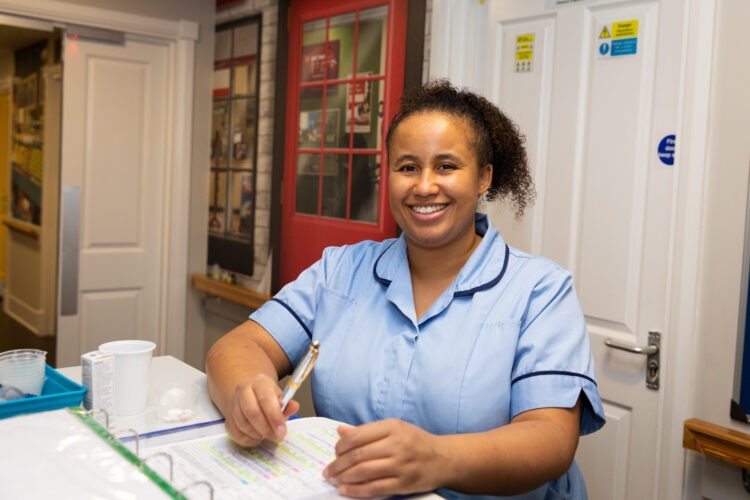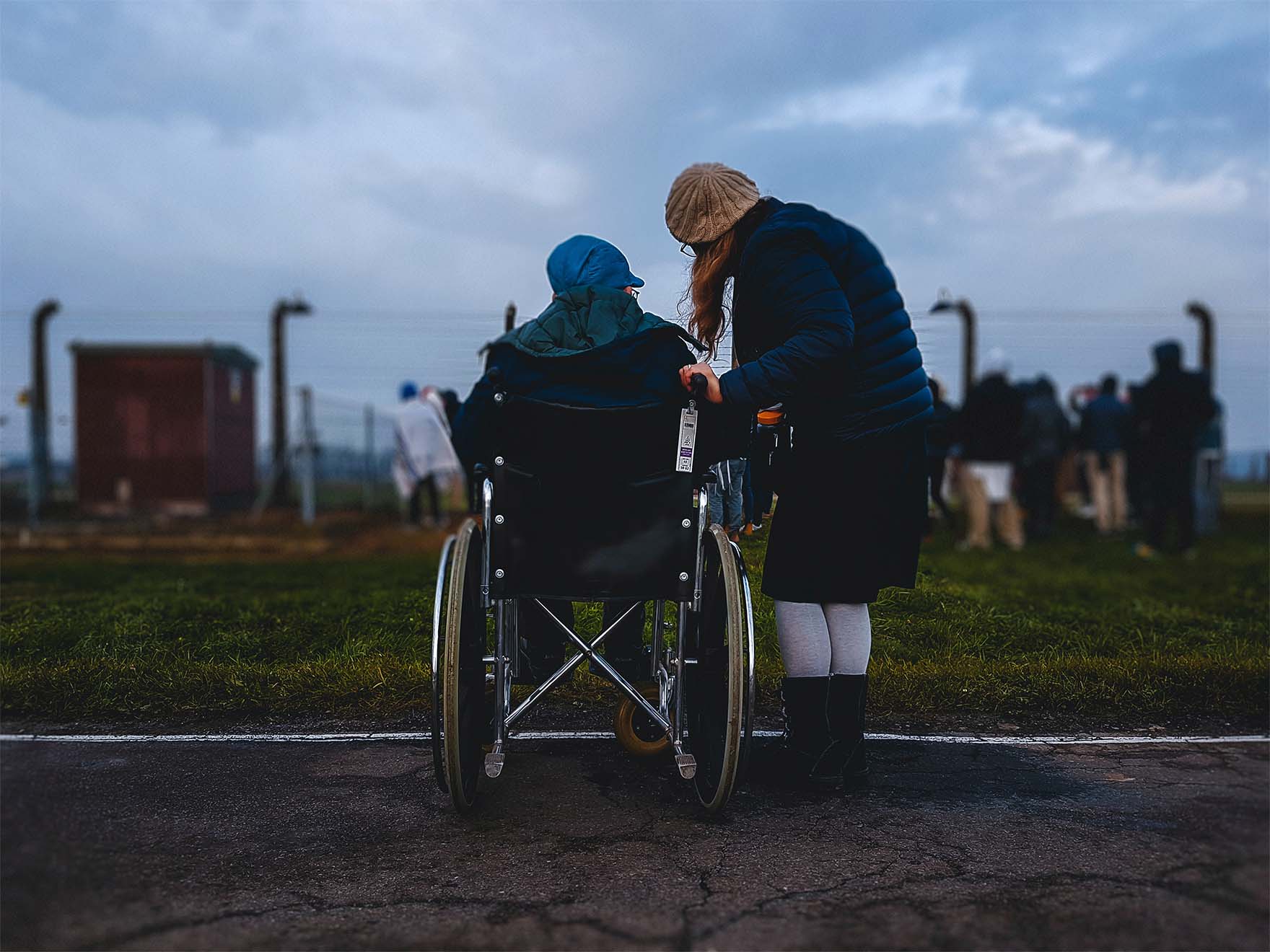What Are Digital Nursing Care Plans in Care Homes?

When a loved one moves into a care home, families want reassurance that every aspect of their health and wellbeing is understood and supported. Nursing care plans play a huge part in this. These plans outline exactly what a resident needs, how those needs will be met, and who is responsible for delivering each part of their care. They act as a central guide for the nursing team, helping everyone work together with clarity and confidence.
In recent years, many modern care homes have moved toward digital care planning. Instead of paper charts and handwritten notes, teams now use secure electronic systems that update in real time. This has transformed the way nursing care is delivered. For residents, it means more accurate care. For families, it means greater peace of mind.
So what exactly is a nursing care plan, how is one created, and why does digital planning matter so much in places like Maples Care Home in Bexleyheath?
What Is a Nursing Care Plan?
A nursing care plan is a structured document created after a nurse completes a full assessment of a resident’s health. It outlines the resident’s physical needs, emotional wellbeing, routines, risks, preferences and goals. It also details the nursing interventions required to support them.
A good care plan includes:
- A clear summary of the resident’s health
- Identified needs and desired outcomes
- Instructions for daily care
- Nursing interventions that should be followed
- Monitoring and review dates


The plan gives the whole team a shared understanding of what matters most for that individual. It covers everything from medication management to mobility assistance, communication needs, nutritional support and personal preferences.
How a Nursing Care Plan Is Created
Nursing care planning follows a structured process. The intention is not only to record information but to build a living, evolving guide that truly reflects the resident’s day to day needs.
Assessment
A registered nurse begins by carrying out a full assessment. This may include mobility checks, vital signs, medical history, emotional wellbeing, cognitive ability, continence needs, dietary preferences, communication methods and general lifestyle information.
Family members are also encouraged to share insight. Their knowledge of routines, personality traits or past medical experiences helps shape a more accurate picture of the individual.
Diagnosis and Goal Setting
After the assessment, the nurse identifies key needs. These might be related to chronic medical conditions, fall risk, nutrition, pressure care, pain management or emotional health.
From here, the nurse outlines achievable goals. For example, maintaining stable blood pressure, improving mobility, reducing anxiety or preventing skin breakdown.
Planning and Intervention
The care plan is then written with clear instructions. These may include the frequency of observations, medication routines, support with daily living, mobility equipment required, hydration targets, engagement strategies, or steps to follow during a health change.
Implementation
The nursing team follows the interventions day by day, ensuring each part of the plan is put into action. Carers and nurses update the plan as tasks are completed, observations are recorded or needs change.
Evaluation and Review
Nursing care plans are never static. They are reviewed regularly to reflect changes in health, goals or preferences. If a resident’s condition improves or declines, the care plan is adjusted straight away to ensure it stays accurate and meaningful.


Why Digital Nursing Care Plans Are Becoming Essential
Traditional paper based care planning has its limits. Notes can be misplaced, handwriting may be unclear and updates take time to circulate among the wider team. Digital systems have been introduced to remove these challenges and strengthen clinical accuracy.
Here are the key advantages of digital care plans in a modern care home.
Instant Updates
When a nurse records an observation on a digital system, the information updates immediately. This means the team always sees the latest health data. For example, if a resident shows signs of infection or increased pain, the team can respond faster because the change is visible straight away.
Greater Accuracy
Electronic systems reduce the risk of errors. Medication times, fluid charts, mobility needs and risk assessments are easier to read and track. Templates also help nurses complete assessments consistently and thoroughly.
Better Communication
Digital care plans create a central point of truth. Carers, nurses, visiting clinicians and managers can all see the same information in real time. This strengthens teamwork and ensures everyone supports the resident in the same way.
Early Intervention
Many systems highlight patterns that might otherwise be missed. For example, changes in sleep patterns, weight fluctuations or repeated low mood. These early indicators help the team prevent problems before they develop into something more serious.
Improved Monitoring for Families
Some homes offer secure family portals where relatives can view parts of the care plan or read wellbeing updates. This gives families reassurance and helps them feel connected, even when they cannot visit.
Efficient Record Keeping
Digital notes are stored securely and are easy to audit. This helps ensure compliance with regulatory standards and allows the nursing team to spend more time caring and less time on paperwork.


How Nursing Care Plans Support Residents Day by Day
Nursing care plans might sound clinical, but their impact is deeply personal. They help residents feel safe, understood and supported.
Here is how they help on a practical level.
More Personalised Care
No two residents are the same. A detailed care plan ensures each person receives support that fits their routines, preferences and comfort levels.
Consistency Across the Team
When every carer knows exactly what a resident needs, care becomes more reliable. This consistency is especially important for residents living with long term conditions or cognitive challenges.
Better Health Outcomes
Clear instructions on medication, wound care, mobility support and monitoring help prevent complications. Residents benefit from improved stability and faster responses to changes in health.
Stronger Emotional Wellbeing
Care plans also include emotional needs. Whether someone prefers a quiet morning, enjoys reading, needs reassurance during personal care or responds well to humour, these details help the team provide comfort and connection.
Nursing Care Plans at Maples Care Home in Bexleyheath
At Maples Care Home, digital nursing care plans form the foundation of high-quality nursing care. Our nursing team uses a secure digital system to assess needs, record observations, and update care plans in real time. This allows us to respond quickly to any changes and ensures every member of the team understands exactly how to support each resident throughout the day.
Families often tell us they appreciate the clarity and professionalism that digital planning provides. It gives them confidence that their loved one’s health is monitored continuously and that the team is working together with accuracy and compassion.
If you would like to learn more about nursing care at Maples Care Home or arrange a visit, our friendly team will be happy to help.


